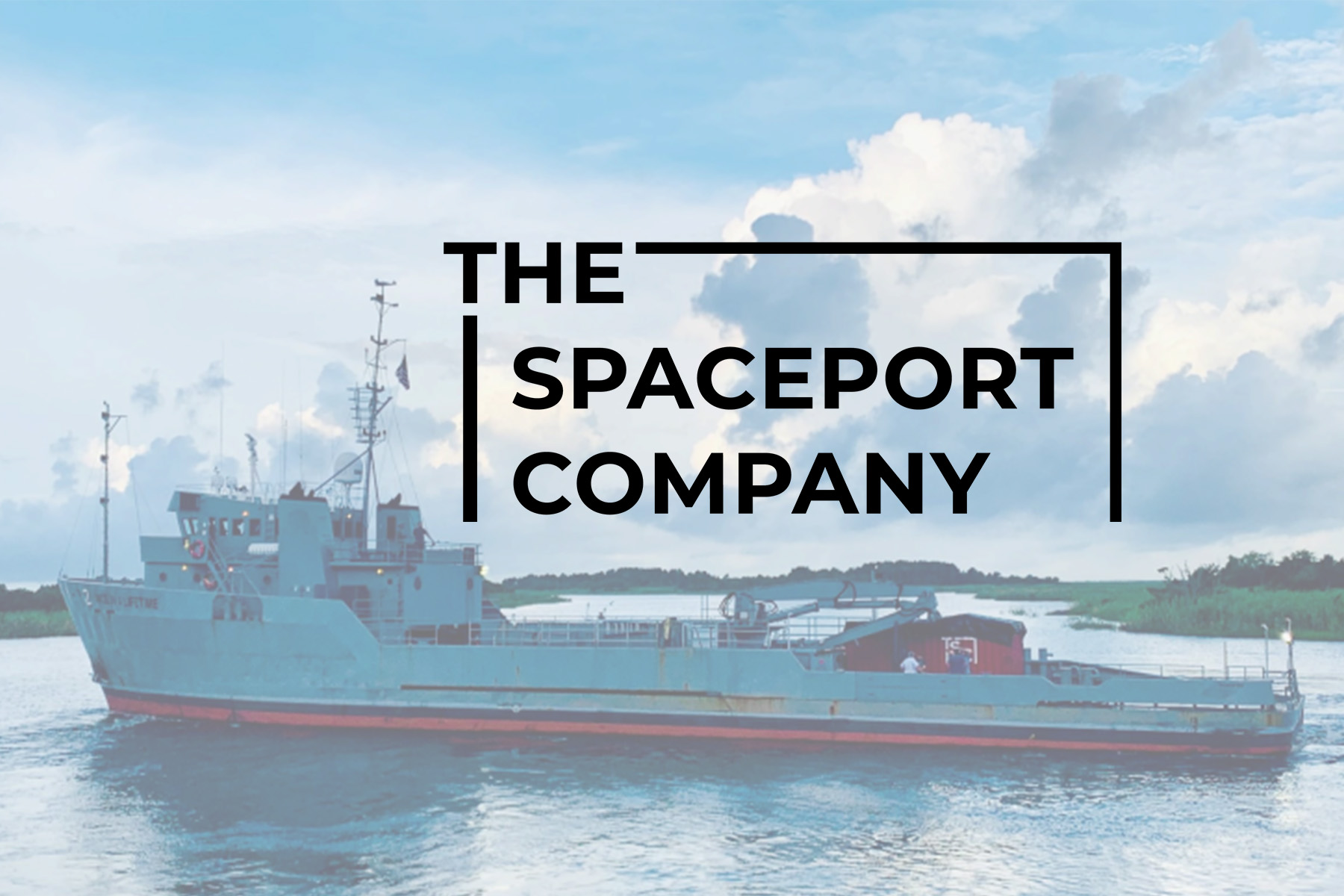Space Business: SIMBYS
The US needs more spaceports, and there’s a company for that.
November 9, 2023
Our obsession with a certain spaceport on the Texas coast may come to an end if SpaceX’s Starship finally makes its second attempt at an orbital flight this month. But our long national spaceport nightmare is just beginning.
The number of commercial orbital rocket launches in the US is growing, from just 12 in 2012 to 84 in 2022; there have already been 92 launches this year. Most of those are SpaceX rockets, and the company says it plans to fly even more often in 2023. We are also expected to see new large rockets debut, including ULA’s Vulcan and Blue Origin’s New Glenn. Rocket Lab is launching small rockets, and a handful of likely competitors—including Relativity Space, Firefly, and ABL Space Systems—are pushing to join them.
But there are really just three places to head to if one wants to get into orbit from a US point of origin: Cape Canaveral in Florida (60 launches in 2023), Vandenberg Air Force Base in California (24 launches in 2023), and Wallops Island in Virginia (4 launches in 2023). Notably, these are all federal government facilities where private companies are tenants or service providers, and they are being stretched to capacity.
There is also SpaceX’s Boca Chica spaceport in Texas, where the Starship orbital flight tests take place. We’ve covered SpaceX’s difficult path to winning permission to launch at Boca Chica, and whether you see the company’s struggles as stemming from regulatory overreach or a lack of savvy among the firm’s executives, the US probably can’t wait seven years or more for a new spaceport.
“Even the federal government couldn’t build a new Vandenberg,” says Tom Marotta, the CEO of The Spaceport Company, a startup that wants to solve the problem by launching rockets from ships at sea.
Spaceports need to be situated far from people and generally with flight paths over the ocean, in case something goes wrong; it also helps to be close to the equator to benefit from Earth’s rotation. Today, getting 100 square miles of coastal land in the US to build Cape Canaveral 2 would be hugely expensive, and eminent domain enormously controversial. Marotta notes that the government is spending $1.3 billion just to cover deferred maintenance at the Cape and Vandenberg. Even private efforts are challenging; Rocket Lab operates a private spaceport in New Zealand that is a major advantage for the company, but also takes a lot of work to see through the regulatory requirements, according to CEO Peter Beck.
Before starting his new company, Marotta worked at the Federal Aviation Administration, helping develop the regulations that govern US rockets, and then at Astra, a small rocket startup. There, he was frustrated by the challenge of simply finding a place to launch Astra’s rocket. The company started off launching from a spaceport in Alaska that was about 2,000 miles from its headquarters in San Francisco’s Bay Area.
“I remember thinking to myself at Astra, ‘Gosh, it would be great to put the rocket on a truck, go on a barge, go out to sea, and just launch it,’” he says.
This isn’t an original idea, of course: Most notably, Sea Launch’s floating launch platform had 32 successful orbital flights between 1999 and 2014. The firm ultimately went bankrupt, but that was in part because of a complex multinational ownership structure and an over-ambitious design that didn’t have enough demand to support it. Marotta hired Steve Thelin, a former Sea Launch executive, to ensure The Spaceport Company didn’t make the same mistakes. Now, they’re building a smaller, more cost-conscious vehicle for smaller rockets, at a time when the satellite launch market is significantly larger.
And companies making big rockets like SpaceX and Blue Origin already use, or plan to deploy, seagoing vessels to recover reusable rocket boosters; SpaceX has also discussed plans to launch Starship at sea in the future.
Marotta’s current vision is a ship that can launch rockets that carry up to a metric ton of payload to orbit, like those being developed by Firefly and Phantom Space. Operating 12 miles off the coast, the company’s spaceports should have an easier time negotiating regulations designed to limit the impact of launches on the environment and surrounding communities.
Earlier this year, the company launched four suborbital rockets from a vessel in the Gulf of Mexico to demonstrate the operational and regulatory procedures it will need to scale up, and was awarded a $1.5 million contract for development work by the Pentagon’s Defense Innovation Unit. Now, the company is working to win additional contracts, sign up rocket companies, and raise the money needed to build its first floating spaceport, with an initial goal of launching 12 to 18 times a year. Marotta says he can offer the lowest per-launch range fee in the industry to companies that commit to his spaceport.
The big time vision, however, is to develop a model floating spaceport that can be built again and again, and deployed around the world for space launches and landings. Marotta’s equivalent of SpaceX’s “city on Mars” is a future where point-to-point suborbital spaceflight is a major transportation category. That is likely decades away, but already the US Air Force and SpaceX are working through the challenges to make that transit a possibility, while startups like New Frontier Aerospace tinker with novel vehicles designed to enable 30-minute trips across the planet.
First things first, however: The Spaceport company has to get its feet wet.
ABOUT THE SPACEPORT COMPANY The Spaceport Company is a leading provider of innovative infrastructure solutions. The Spaceport Company’s vision is to create cutting-edge launch platforms that enable a wide range of space missions, driving advancements in scientific research, national security, and commercial space endeavors. For more information please visit thespaceportcompany.com.
Media Contacts
Tim Fernholz. “Space Business: SIMBYS.” Quartz, November 9, 2023. 🚀 Space Business: SIMBYS
The Spaceport Company
Jenna Ringer- Operations Coordinator
jenna@thespaceportcompany.com

